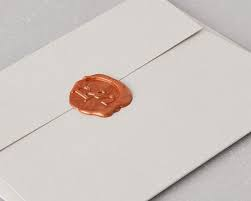Security seals have been used since ancient times. This was first seen when wax seals were used to keep messages and papers safe. For a long time, people also sealed objects with wax or clay to keep people from changing or damaging what was inside.

In Europe and America, 17th-century seals were made of lead and stamped with a unique shape or number that let people know what was inside the sealed container. The wire that held the security seal to the container made it hard to take off without breaking the lead.
20th Century
At the beginning of the 20th century, tamper-proof locks were made for use in transportation. Wire seals were the first security seals that were made for this reason. They were used to lock up railway cars and other types of cargo. These seals were made so that if someone tried to take them off or change them, they would break or show signs of being tampered with.
During World War II, when military goods and equipment needed to be moved safely, new types of security seals were made. During this time, the first covers for containers were made out of wire and lead. Early container seals were hard to use and took a long time to put on, but they were more secure than seals that came before them.
In the 1950s and 1960s, wire and lead seals began to be replaced by plastic seals. These new seals were light and easy to use, which made them a popular choice for securing containers and other types of goods. Plastic seals also made it possible to create more advanced ways to tell if something has been tampered with, such as colour-changing signs and sequential numbering.
The Modern Day
In the modern world, security seals have kept changing and getting better, with examples seen here: https://acmeseals.co.uk/. There are now electronic seals that use RFID technology and GPS tracking.

This makes it possible to track and keep an eye on goods in real time while they are being moved.
